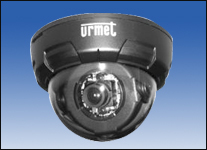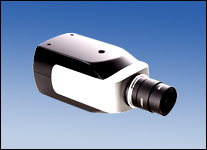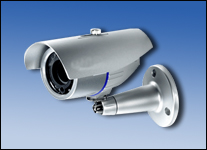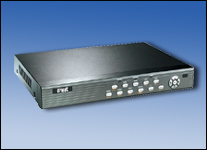|
 |
|
|
| |
Camera Surveillance Systems |
| |
|
|
| |
Captures video clips of events for your record. These can be played back to look for possible evidence of crime, or can be monitored online by security people. |
| |
Where are they used?
These are useful in offices, factories, shops, banks, malls, cash counters, open premises of buildings, colleges, parking lots, etc. |
| |
| |
 |
How are they used?
Cameras are installed at appropriate locations so that they can "see" the activity in areas, which are to be monitored. Some cameras are hidden or camouflaged, whereas some are installed openly so that people know that the area is under camera surveillance. This helps to reduce pilferage in departmental stores.
Indoor "Dome" shaped cameras are most economical. |
|
| |
| |
Why are they used?
The DVR keeps a record of video as seen by the cameras installed in appropriate locations. Record of pilferages in shopping malls, un-necessary fuss created by some nasty customers, etc is useful legal evidence. With the "eyes" of the camera recording their activity, workers do not while away their time and increase their productivity.
For long range view, longer cameras are used. |
 |
|
| |
| |
| |
|
 |
Day/Night Cameras have Intra-Red (IR) LEDs which emit infra-red light and the cameras can see even at night. Cameras can be mounted on stands, which can rotate, pan, tilt, zoom. |
| |
|
|
| |
| |
|
We can see the video picture captured by the camera on a TV or Computer screen. It can also be recorded on a hard disk using a Digital Video Recorder (DVR). With a networkable DVR, which can be connected to the internet, one can monitor the cameras remotely from another location. |
 |
| |
|
|
|
| |
 |
| |
 |
|

